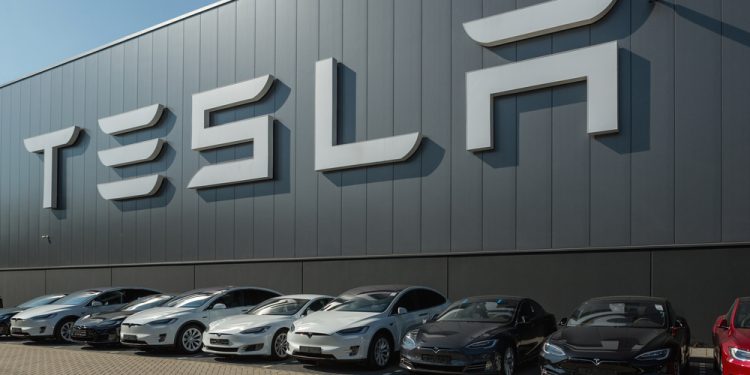American auto manufacturer, Tesla, will retrench 15,000 workers in all its departments as a strategic scheme of remaining afloat and profitable in the competitive EV market.
- The company’s employees received a memo informing them that the decision was made to cut costs while maintaining profitability in the next cycle of growth.
- The first quarter of 2024 registered a slump in the demand for Tesla cars with production exceeding deliveries by more than 40,000 electric cars.
- The company’s Q1 profits declined by 8.5% compared to the same period last year, signaling low demand or aggressive competition.
“As part of this effort, we have done a thorough review of the organization and made the difficult decision to reduce our headcount by more than 10 per cent globally.” said Tesla CEO Elon Musk in the memo.
By December 2023, the company had a total of 140,473 employees. Reuters reports that employees in Texas and California facilities have reported that they have been laid off, but it is still unclear which departments would be largely targeted.
What’s Happening at Tesla?
The profit depreciation can be attributed to the series of price cuts the company made to maintain steady sales amidst falling demand for EVs in crucial markets. The 17.6% profit margin registered this year is the lowest in Tesla’s books in four years. Moreover, Tesla’s shares are also down 31% this year.
The New York Times reports that the sale of EVs in the United States stood at 269,000 within the first quarter of 2024. This was a massive 7.3% decrease compared to the sales attained in the final quarter of 2023.
The same wave has been noticed globally, forcing both traditional automakers and innovative tech companies to abandon their plans in setting up EV manufacturing facilities. In October last year, Ford shelved away its US$ 12 billion plans in EV production. Apple, which has also retrenched its workforce this year amidst slumping profitability, also did away with its prospective EV line.
What is Making Companies Dodgy about EVs?
Even companies that exclusively dealt with fuel-powered cars are not taking the risk of transitioning to full-capacity EVs, many opting for hybrid systems, despite declarations in global climate conventions seeking to do away with fuel-powered cars before 2030.
Industry experts are now debating whether the future of EVs would be as seamless as they imagined, or possibly there is growing skepticism about the viability of the project within the auto industry.
See Also:




